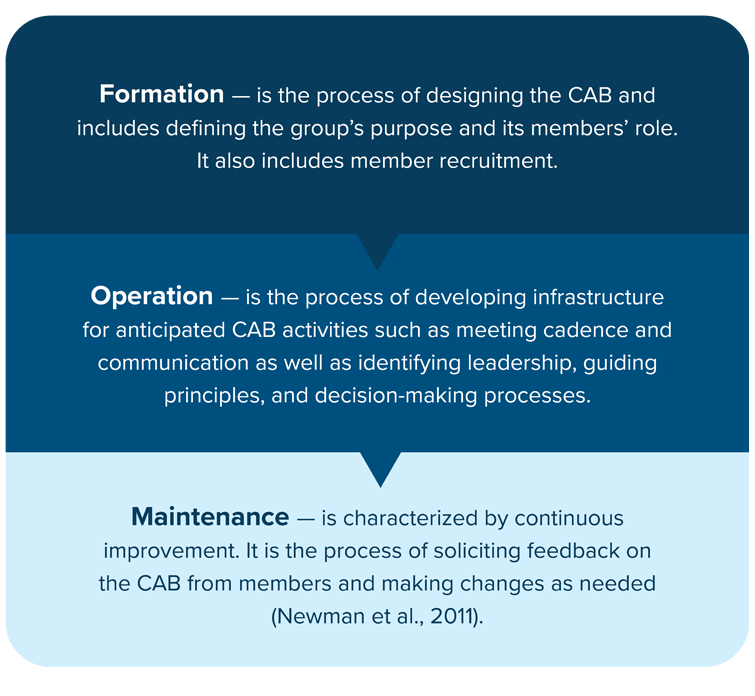Leading a Highly-Engaged Community Advisory Board
Adopting community-engaged approaches to our work is one way researchers, consultants, and organizational leaders can become strong partners in communities. Community-engaged approaches require collaborating with groups of people to change, for the better, issues that affect their quality of life.
Through a partnership with the National Institute for Criminal Justice Reform (NICJR), AIR is conducting an evaluation of the Neighborhood Opportunity and Accountability Board (NOAB), an innovative diversion program for young people ages 12–18 in Oakland, California.
As part of our endeavor to create a culturally responsive and contextually relevant evaluation, we created a community advisory board (CAB), made up of people with lived experiences in the justice systems in Oakland to help guide our work in the community. We define a CAB as a group of community members with relevant life experience and/or whose lives have been—or will be—directly impacted by a study, initiative, program, or focal system who may act as co-conspirators, advisors, thought partners, and champions.
Core Phases of a Community Advisory Board

In a set of two briefs, we provide recommendations on how researchers, consultants, and organizational leaders can prepare for and sustain a CAB. The first brief, Laying the Foundation for an Engaged Community Advisory Board, provides guidance on how a team can get ready to implement a CAB. The second brief, Leading a Highly Engaged Community Advisory Board, provides strategies for establishing, facilitating, and maintaining an effective CAB, including responding to obstacles that can impede meaningful member engagement.
Resources
Values and Positionality
Map Your Identities: Stanford University’s Social Psychological Answers to Real-world Questions (SPARQ) created this activity to spark thinking about the impact of social identities on how you think and feel.
Social Identity Map: A Reflexivity Tool for Practicing Explicit Positionality in Critical Qualitative Research: In this article, Jacobson and Mustafa introduce the Social Identity Map, a three-tiered map for researchers to practice reflexivity about the role of their social identities in their work.
Values Check-In: In It Together provides a set of prompts to encourage checking in about which values you currently embody.
Values Creation Process: The Social Transformation Project created this resource to help organizations develop a set of shared core values.
Comprehensive Toolkits on Community Advisory Boards
Resource for Integrating Community Voices into a Research Study: Community Advisory Board Toolkit: The Southern California Clinical and Translational Science Institute defines community-engaged research, reviews the purpose of CABs, and provides best practices for CAB development, facilitation, and logistics.
Tools and Resources for Project-Based Community Advisory Boards: This toolkit, created by the Urban Institute, provides a set of tips and resources to help project teams create and run CABs.

